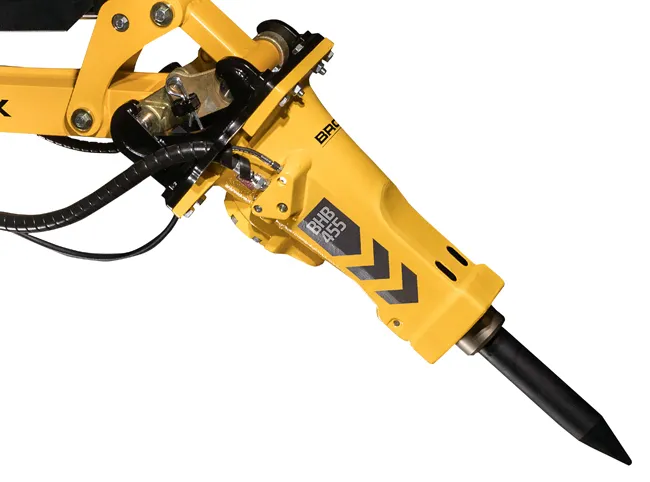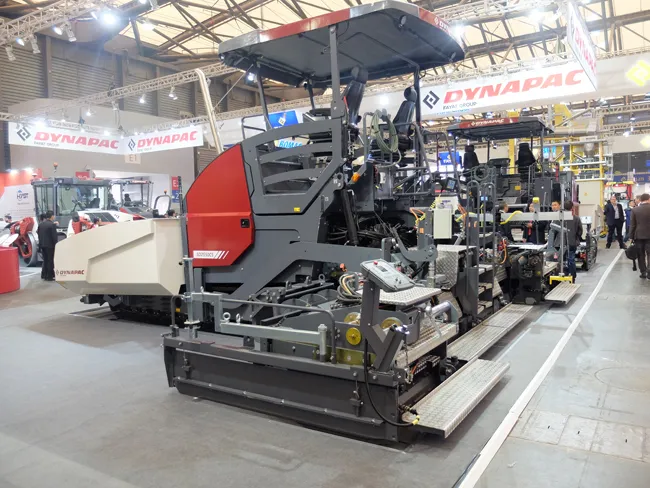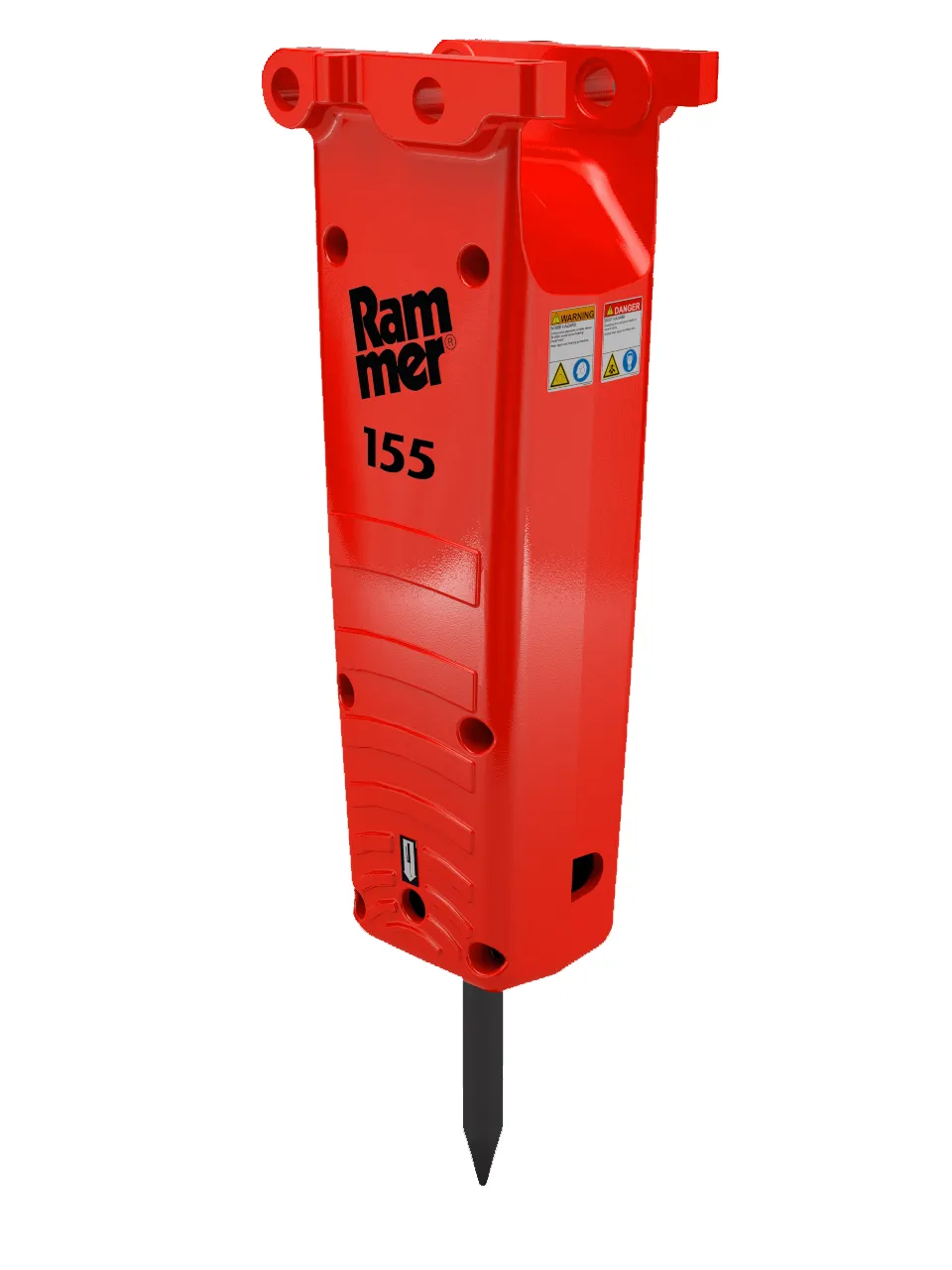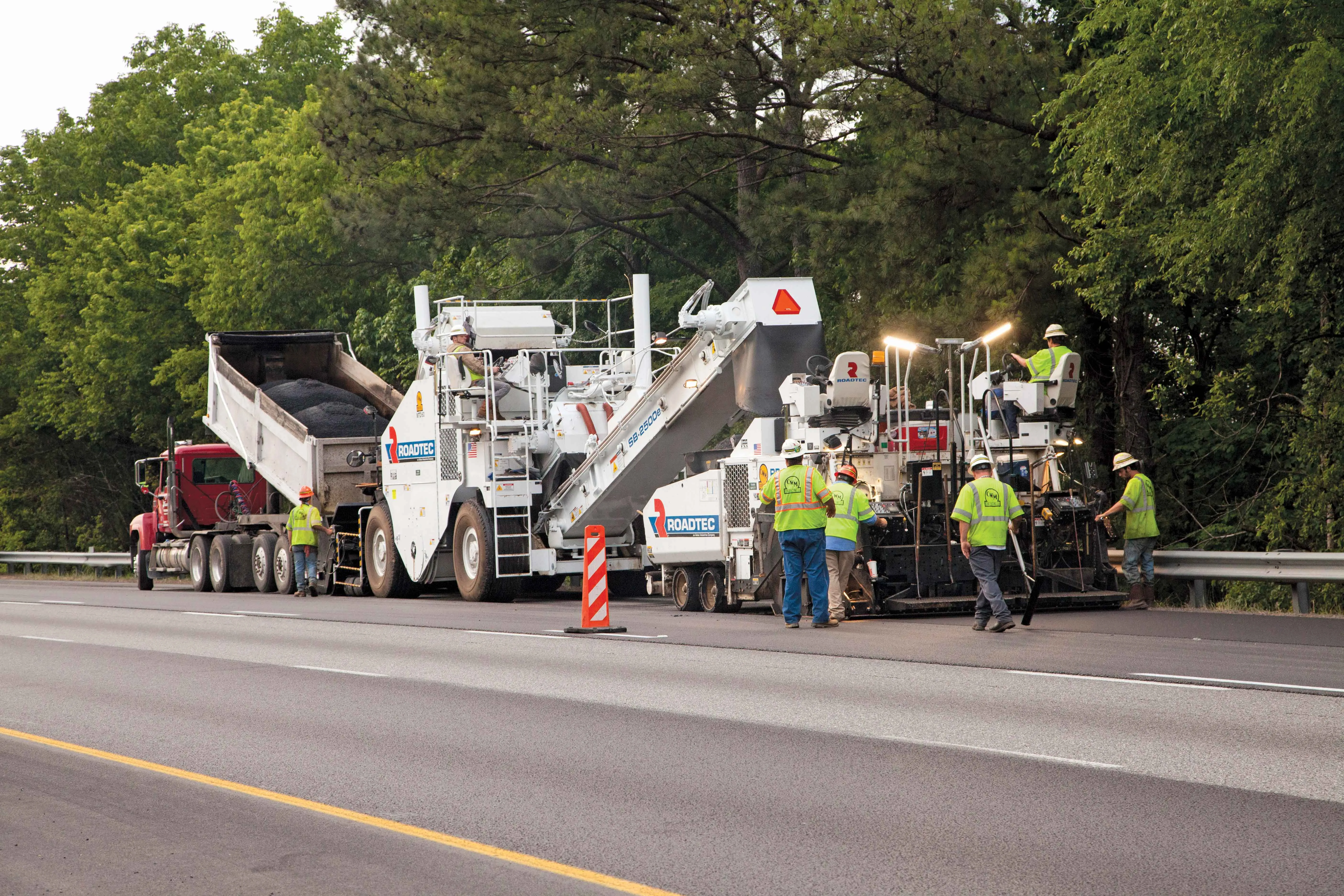
The BHB series includes eight breaker models, starting with the 50kg BHB 55 breaker for the compact
The BHB series breakers are said to offer a high power-to-weight ratio. The attachments are lightweight and compact, yet are claimed to offer output similar to larger, heavier breakers from other manufacturers. The hammer bodies are machined from a solid casting, eliminating side and through bolts, along with the side plates found on many other hammer designs. An integrated, side-mounted accumulator holds a nitrogen gas charge for as long as a year.
Brokk says that its demolition robots and breakers are designed to work at maximum performance, for effective demolition. The units are designed to reduce back pressure and optimise machine oil flow, oil pressure and down pressure to allow for more hydraulic power while using less energy.








